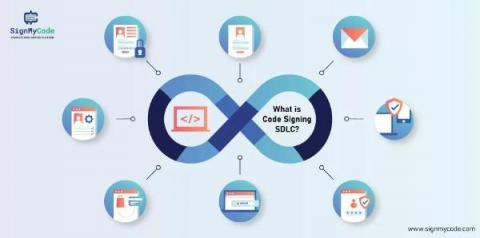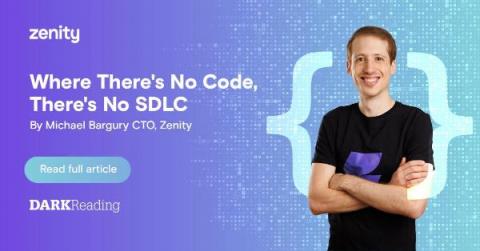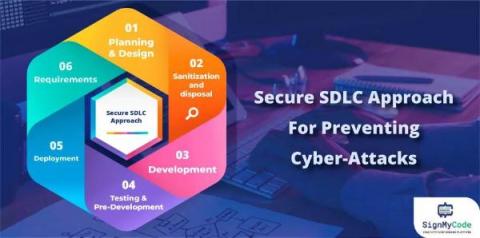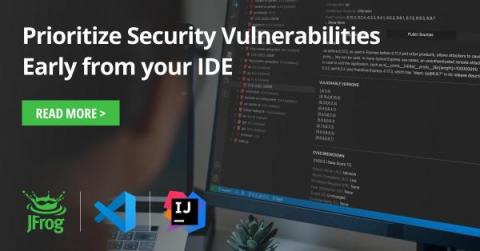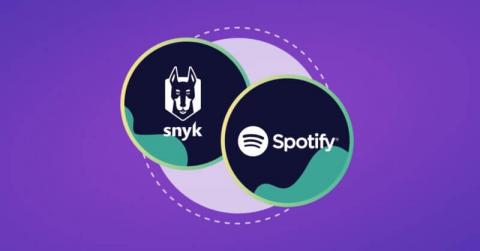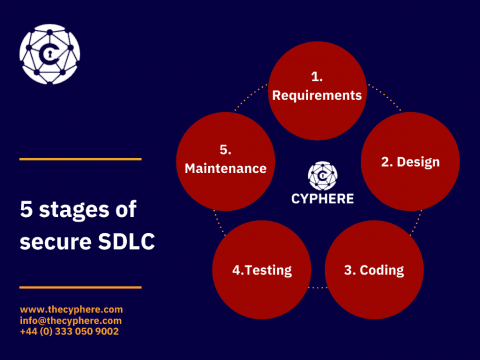Best practices for using AI in the SDLC
AI has become a hot topic thanks to the recent headlines around the large language model (LLM) AI with a simple interface — ChatGPT. Since then, the AI field has been vibrant, with several major actors racing to provide ever-bigger, better, and more versatile models. Players like Microsoft, NVidia, Google, Meta, and open source projects have all published a list of new models. In fact, a leaked Google document makes it seem that these models will be ubiquitous and available to everyone soon.



